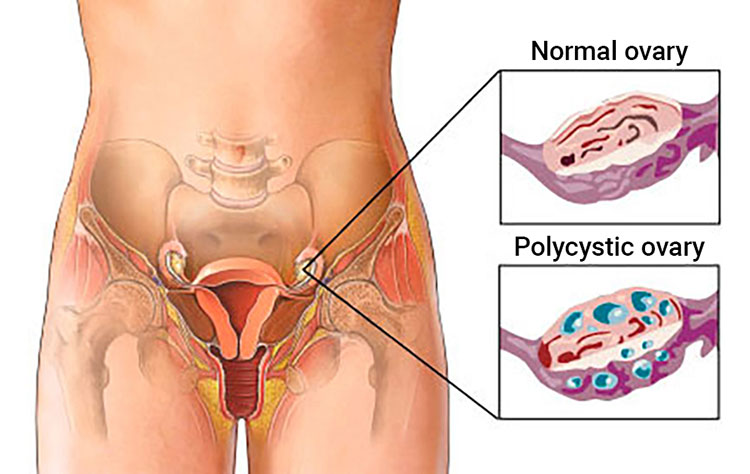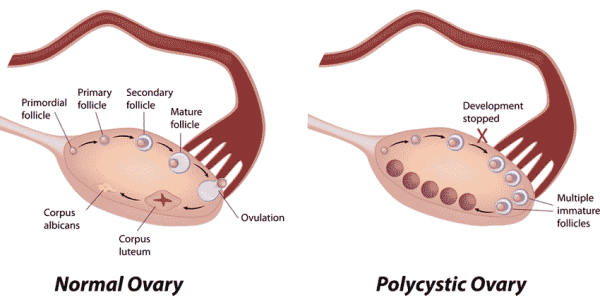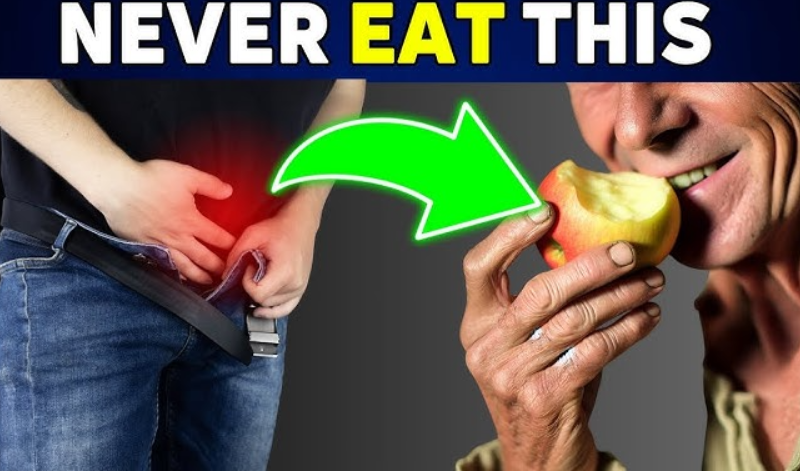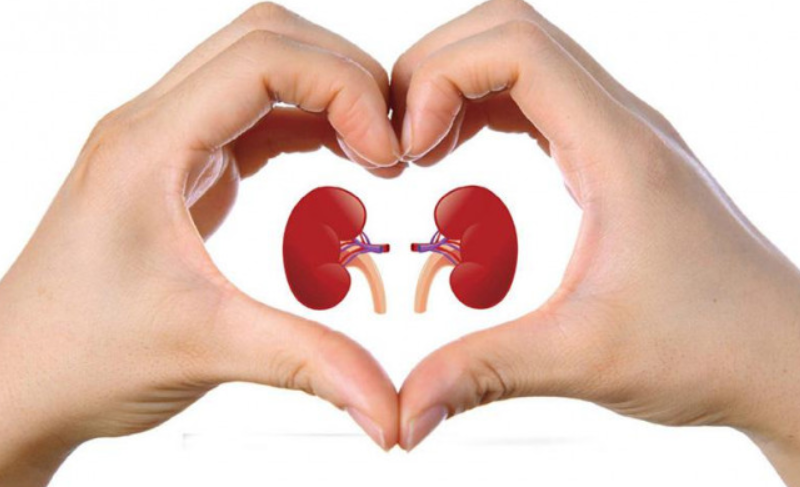Polycystic ovary syndrome was once more common than it is today, but you know at least one woman in your immediate area who is suffering from this condition, or perhaps you.
Hormonal disorder is the cause of polycystic ovaries and what causes this hormonal disorder is not yet a precise cause. In some women this syndrome is inherited, in others it is a consequence of bad lifestyle, and more common are those who have survived severe stress or trauma and this has caused an overall imbalance.
The symptoms vary from woman to woman. One has noticeably unexplained obesity in the lower abdomen and columns, but others lose weight or do not change weight. The hair may weaken, become greasy faster, fall more intensely, and may have painful inflammatory acne and bruising on the lower chin. The menstrual cycle is often delayed or absent, and is odd but normal for some women. The issue arises during conception.
The worst of them has all the bad symptoms at once and some of them are women. But in any event, the fact is it’s a severe disorder that affects many girls and women of all ages nowadays.
Sadly, these women and girls are often suffering from depressive episodes, mood swings and daily work issues. This contributes most to the hormone instability that happens in their body, and then to the impaired metabolism and abnormal drug exchange in the body.
It is like a vicious circle to lose weight. Hormones weaken metabolism and even the healthiest foods are hard to process and, on the other hand, it is advisable to lose weight since even 2-3 pounds of lost weight can make a significant difference to the syndrome. Here’s the problem with calorie food cravings, which are caused by excessive insulin secretion, unnecessarily because sugar is within normal limits.
More often, this syndrome is the cause of other diseases, such as type 2 diabetes, tachycardia, and even endometriosis. There is no single test to diagnose, so gynecological examinations are mandatory as well as regular checkups.




